A new winery by Masamichi Katayama helps rural Okayama savour Japanese wine
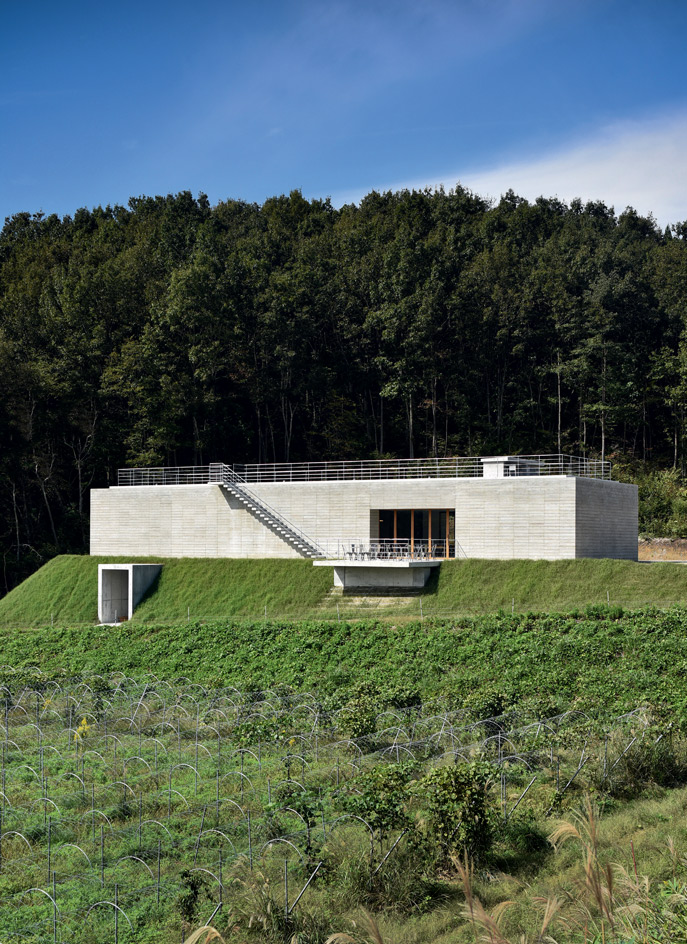
The 90-minute drive from Okayama airport to the small town of Tetta in southern Japan takes in beautiful mountain scenery and old villages set on the wide Takahashi River. The last ten minutes are on a narrow road that winds uphill through dense forest and finally vineyards, which are sheltered from the area’s generous rainfall by heavy-duty plastic domes stretched over rounded metal frames. A distinctly modern concrete structure growing out of a small hill disturbs the agrarian landscape and marks the end of the journey.
Coming from a construction background, Ryuta Takahashi had a knowledge of the lime-heavy soil in the region. This was what prompted him to make wine. ‘I used to play with lime as a child and never realized it was something of any value,’ he says as he shows me around Domaine Tetta. Takahashi started the winery in 2009, when he bought a number of local vineyards. Most of the grapes were of a variety best suited for eating fresh, but there were a few rows of wine grapes and Takahashi quickly planted many more. He is now growing six varieties on a modest six hectares surrounding the winery building, which was completed in September 2016. In the interval, he collaborated with nearby wineries to process his fruit, but he is now filling all Domaine Tetta’s bottles at his own facilities.
Throughout Japan, more and increasingly high quality wine is being made, though mostly in the Hokkaido, Yamanashi and Nagano regions. So when Takahashi decided to help revitalise his local community, he thought wine would be a good place to start. He turned to star designer Masamichi Katayama, principal of design firm Wonderwall, to help him create a winery that would also function as a place to enjoy and talk about wine. Katayama’s prime concern was to make the space functional. ‘There are no conspicuous or unnecessary design elements in the building,’ says the designer, also originally from Okayama. ‘I put the necessary functions at the necessary locations, and made use of the sloping site by putting the main entrance at the top layer of the building and the entrance to the fields at the bottom.’
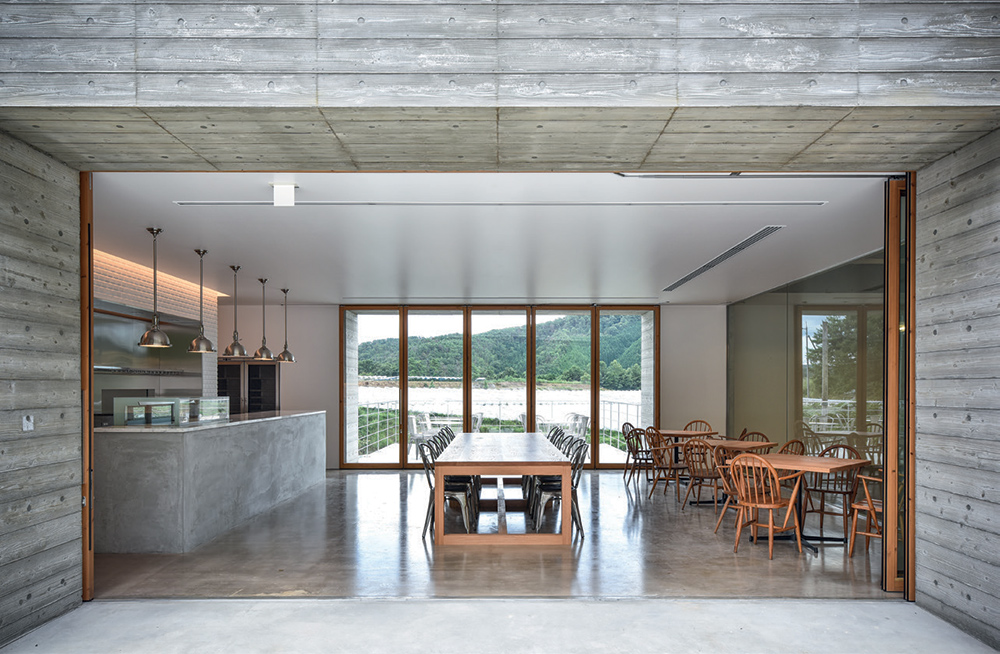
The café looks out over the vineyards.
The main entrance opens up to a spacious café area, where wine can be sampled and bought. This floor also offers unrestricted views of the production space on the lower levels via a floor-to-ceiling, wall-to-wall window, while a small terrace overlooks the adjacent vineyards. A large door on a small, mid-level platform allows for the grapes to be brought directly to the press, where they are crushed. In a process known as gravity flow, the juice runs down through pipes into fermentation tanks on the lower level, half of which is occupied by a large climate-controlled wine cellar. This is where the filled bottles are stored in readiness for shipment. The whole set-up is remarkably simple and the architecture only helps to amplify this.
To avoid the space being too mundane, Katayama introduced Takahashi to businessman Yasuharu Ishikawa, another Okayama local and a prominent art collector. Ishikawa arranged for the donation of a bright yellow and green door, The No, by Swiss artist Ugo Rondinone and a series of neon signs, Paris Bar, by Douglas Gordon and Jonathan Monk. The signs light up the production hall, while Rondinone’s door is on display at one end of the wine cellar.
Domaine Tetta’s capacity is around 50,000 bottles a year, but production is currently running at about a third of that. The bottles are branded with witty labels designed by Tokyo’s Naomi Hirabayashi, known for her simple graphic style. The labels feature illustrations of some of the winery’s key staff members, as well as a small panda statue that was found when construction started. The panda now greets visitors as they approach the winery.
Tetta’s first vintage, released last year, features as many as 16 varieties. It’s a large number for such a small operation, but, as Takahashi points out, the winery is so new that he is still experimenting with different grapes, production and ageing methods to establish what works best. He is getting closer to his dream of creating a culture of high-quality, locally produced wine in this corner of Japan.
As originally featured in the October 2017 issue of Wallpaper* (W*223)
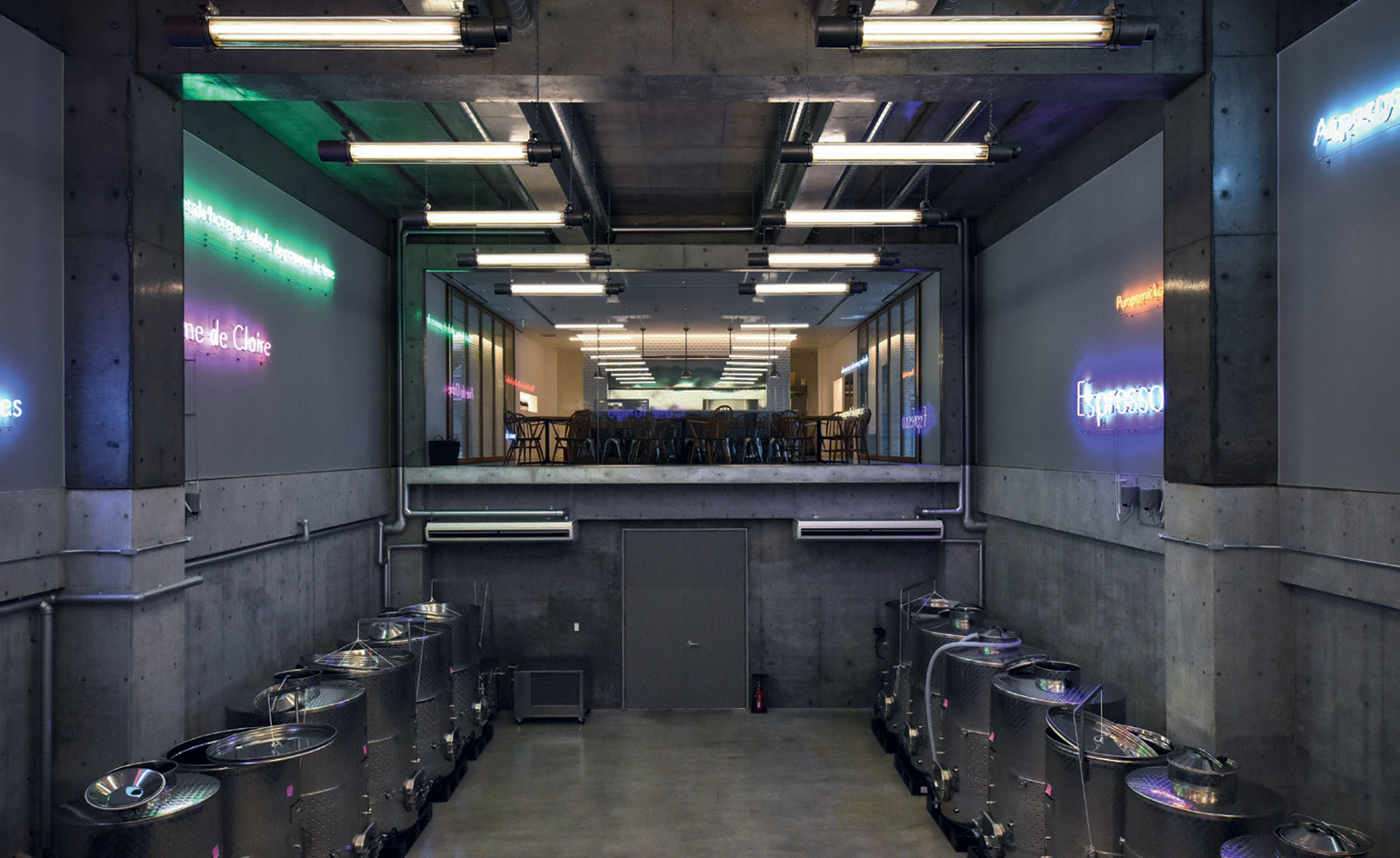
Neon signs by Douglas Gordon and Jonathan Monk in the production hall
INFORMATION
For more information, visit the Tetta website
Receive our daily digest of inspiration, escapism and design stories from around the world direct to your inbox.
Originally from Denmark, Jens H. Jensen has been calling Japan his home for almost two decades. Since 2014 he has worked with Wallpaper* as the Japan Editor. His main interests are architecture, crafts and design. Besides writing and editing, he consults numerous business in Japan and beyond and designs and build retail, residential and moving (read: vans) interiors.
-
 Art and culture editor Hannah Silver's top ten interviews of 2025
Art and culture editor Hannah Silver's top ten interviews of 2025Glitching, coding and painting: 2025 has been a bumper year for art and culture. Here, Art and culture editor Hannah Silver selects her favourite moments
-
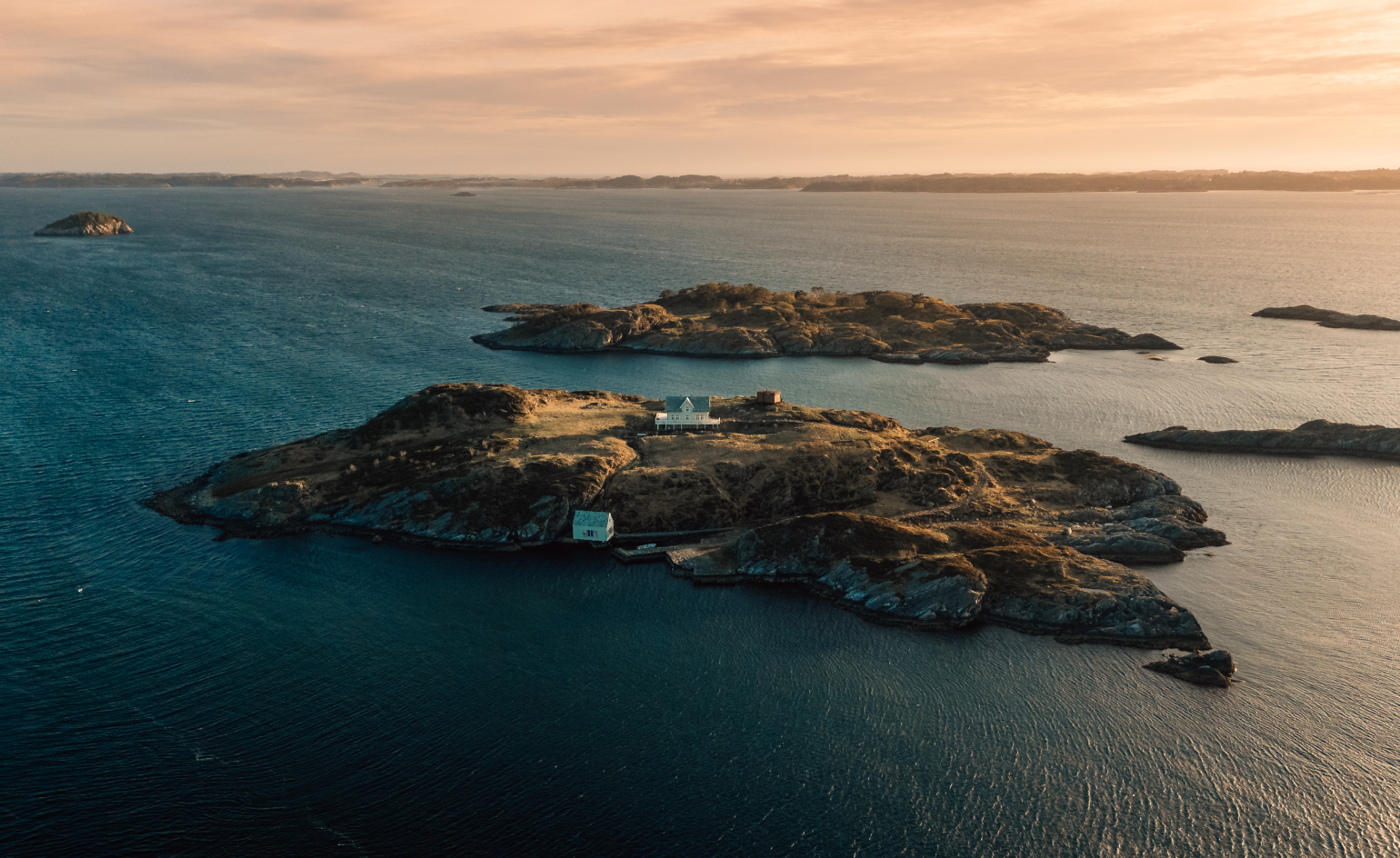 In Norway, remoteness becomes the new luxury
In Norway, remoteness becomes the new luxuryAcross islands and fjords, a new wave of design-led hideaways is elevating remoteness into a refined, elemental form of luxury
-
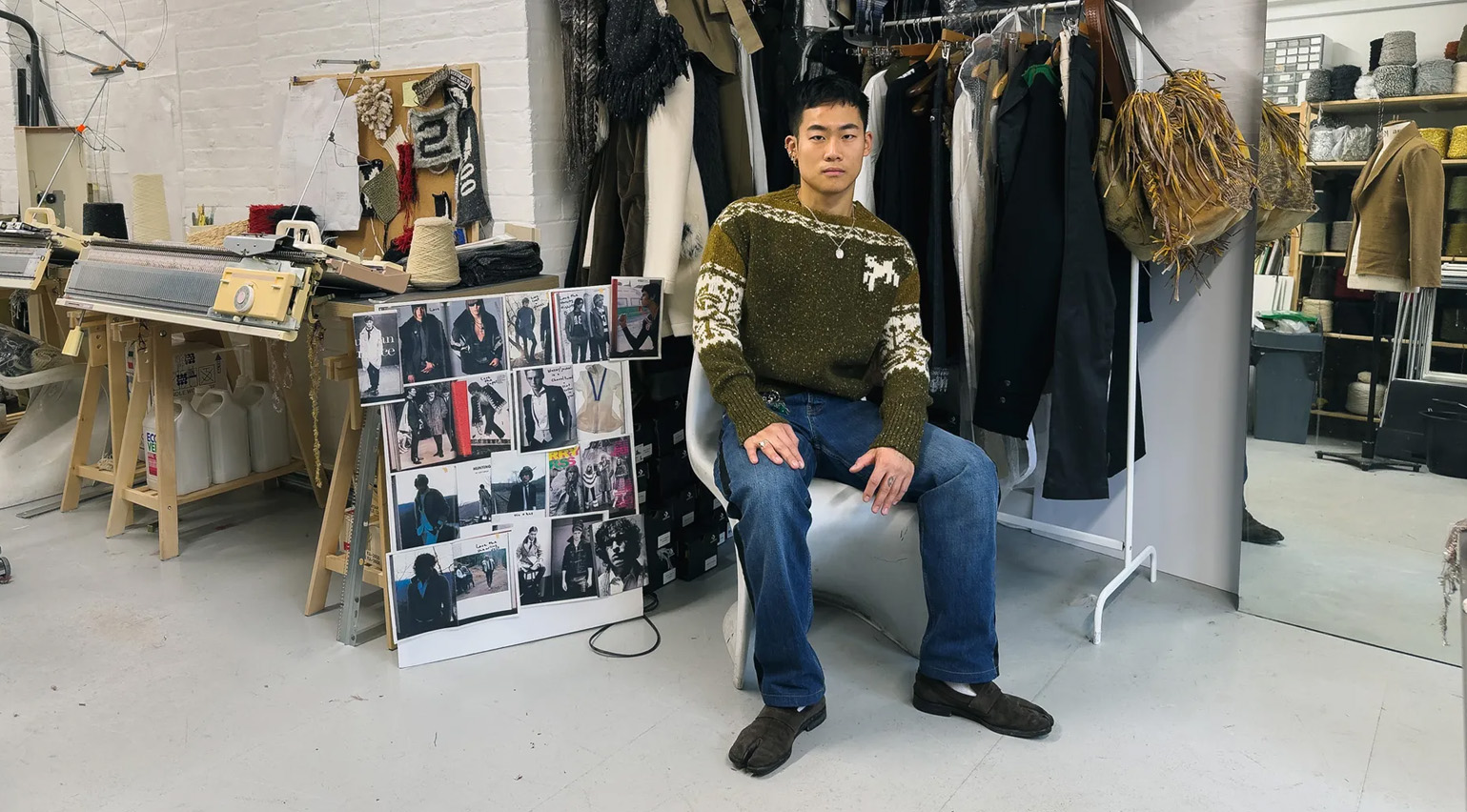 The rising style stars of 2026: Oscar Ouyang is taking knitwear into new realms
The rising style stars of 2026: Oscar Ouyang is taking knitwear into new realmsAs part of the January 2026 Next Generation issue of Wallpaper*, we meet fashion’s next generation. Born in Beijing, Central Saint Martins graduate Oscar Ouyang is inspired by anime, medieval folklore and his friends’ wardrobes
-
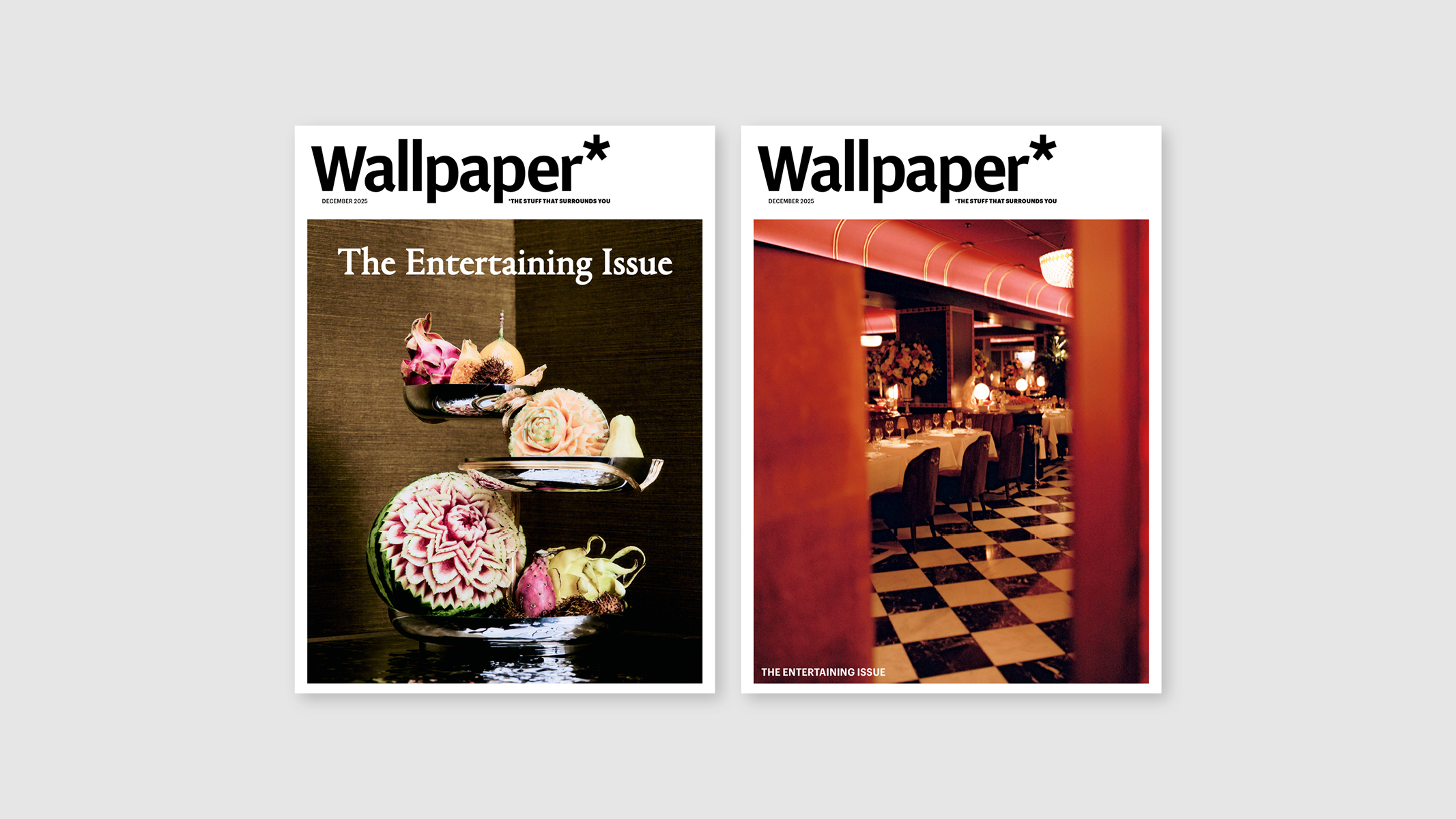 Unleash your socialising superpowers with the Wallpaper* Entertaining Issue, on sale now
Unleash your socialising superpowers with the Wallpaper* Entertaining Issue, on sale nowGet your sublime supper party started – or hit the town in style – with the December 2025 issue of Wallpaper*, on newsstands now
-
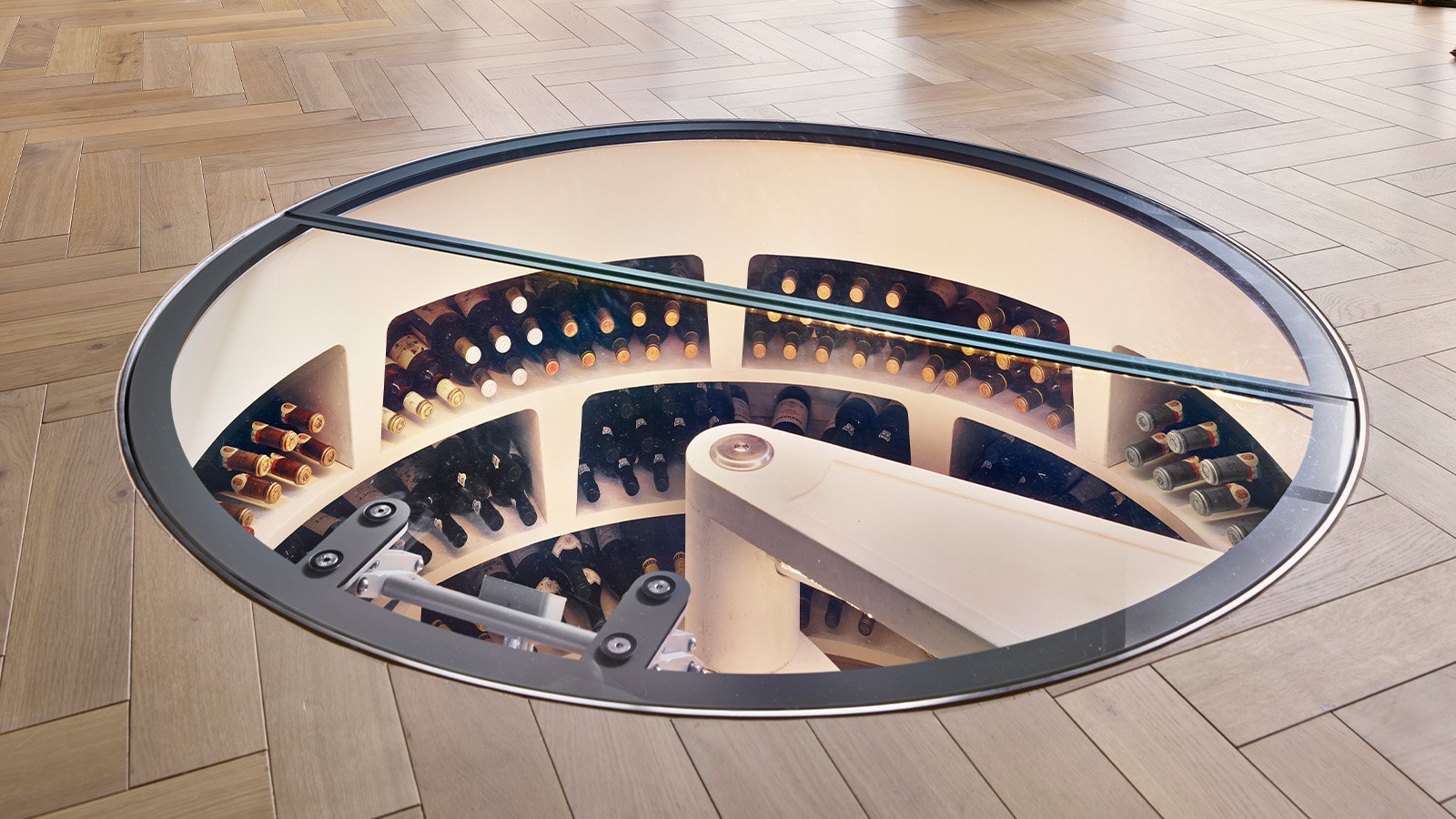 How to build a home wine cellar
How to build a home wine cellarOur resident drinks writer takes us through his own experiences on building the dream wine cellar at home including his favourite wines to stock up on now
-
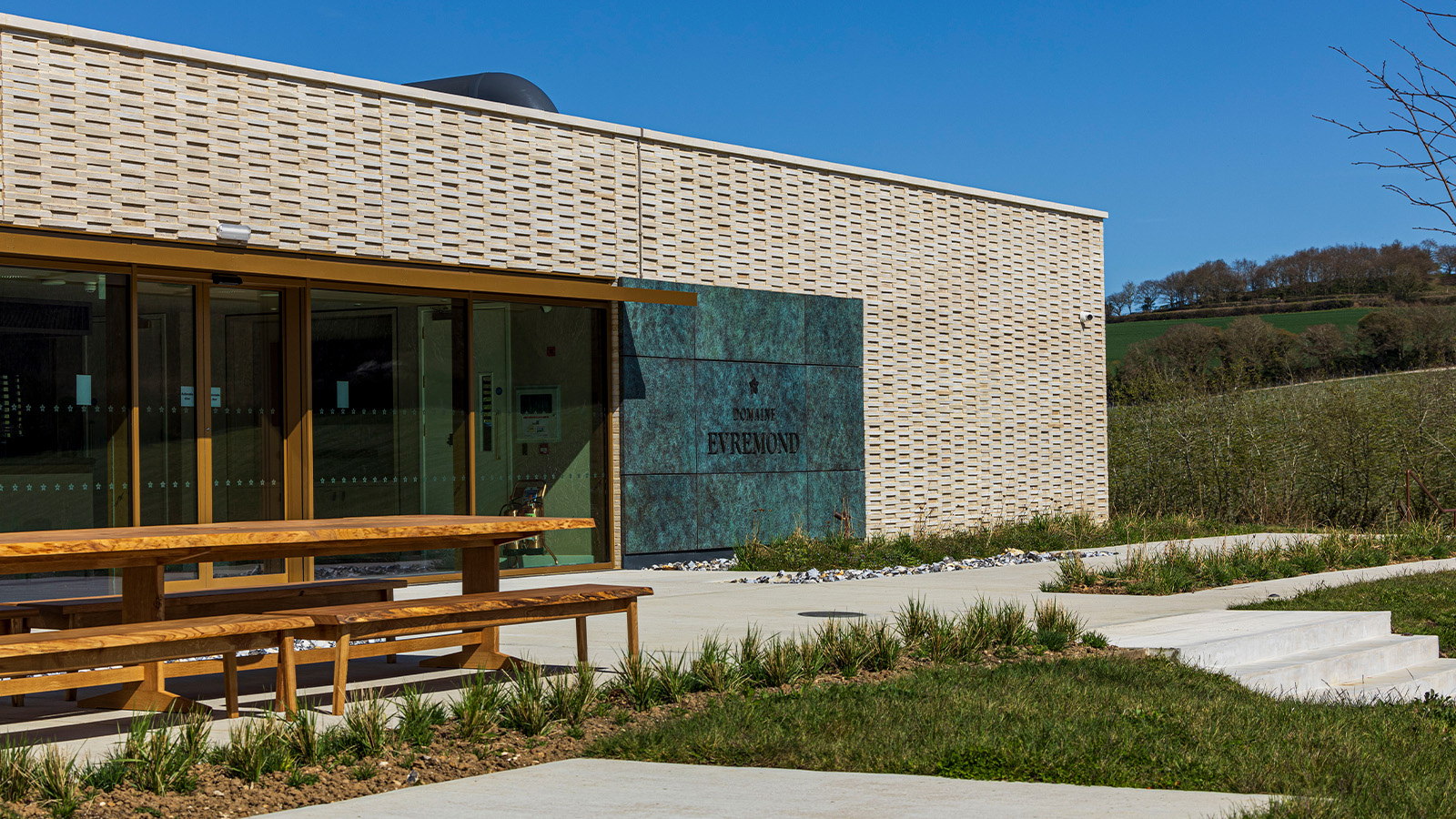 Inside Domaine Evremond, the UK’s first subterranean winery
Inside Domaine Evremond, the UK’s first subterranean winery‘Sparkling wine should be fun.’ We tour Domaine Evremond in Kent, a winery steeped in the English countryside
-
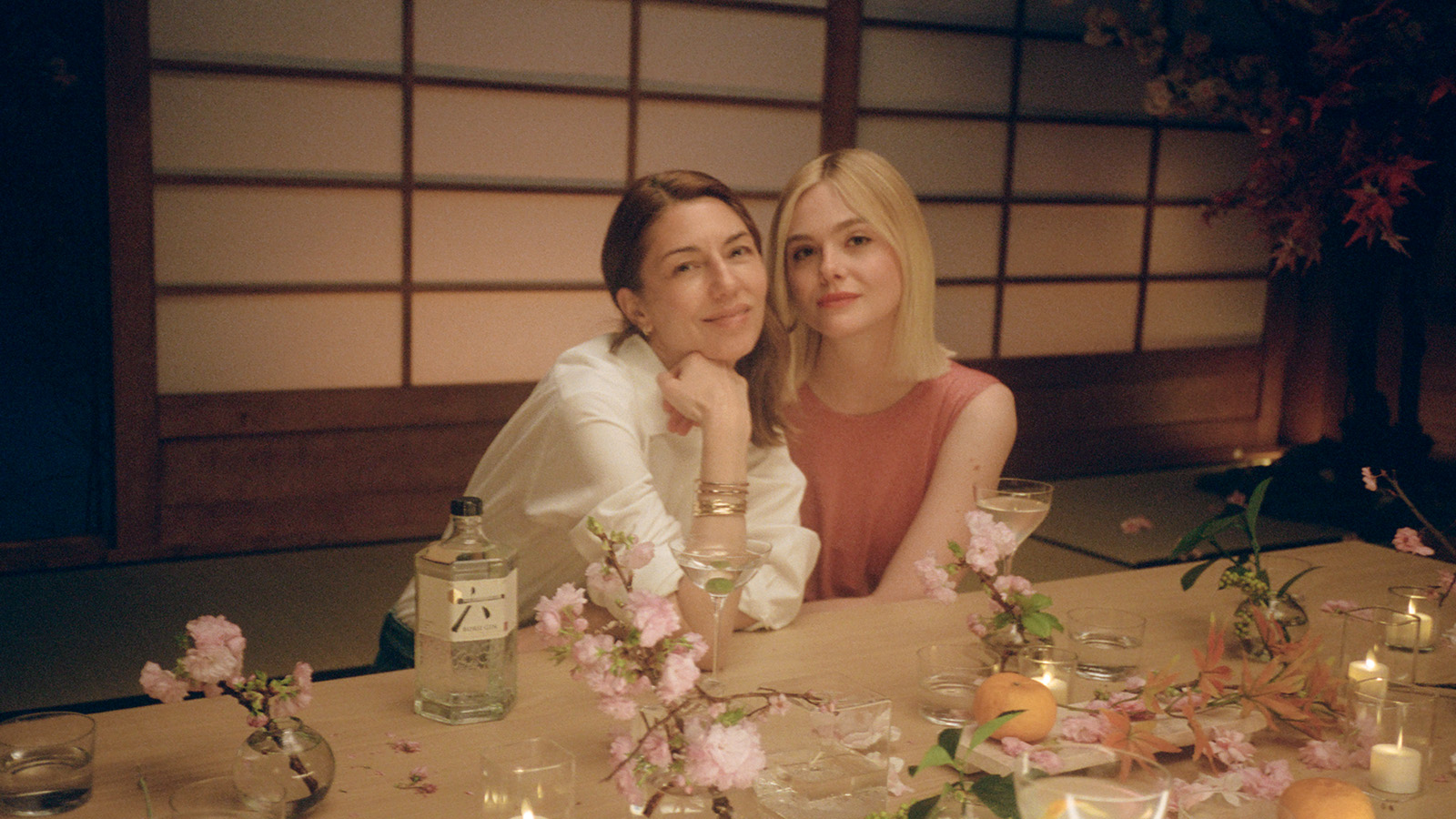 Elle Fanning and Sofia Coppola unite on a Japanese craft gin inspired by the seasons
Elle Fanning and Sofia Coppola unite on a Japanese craft gin inspired by the seasonsElle Fanning and Sofia Coppola collaborate on a campaign for The House of Suntory’s Roku Gin – a seasonal blend inspired by Japan’s floral botanicals
-
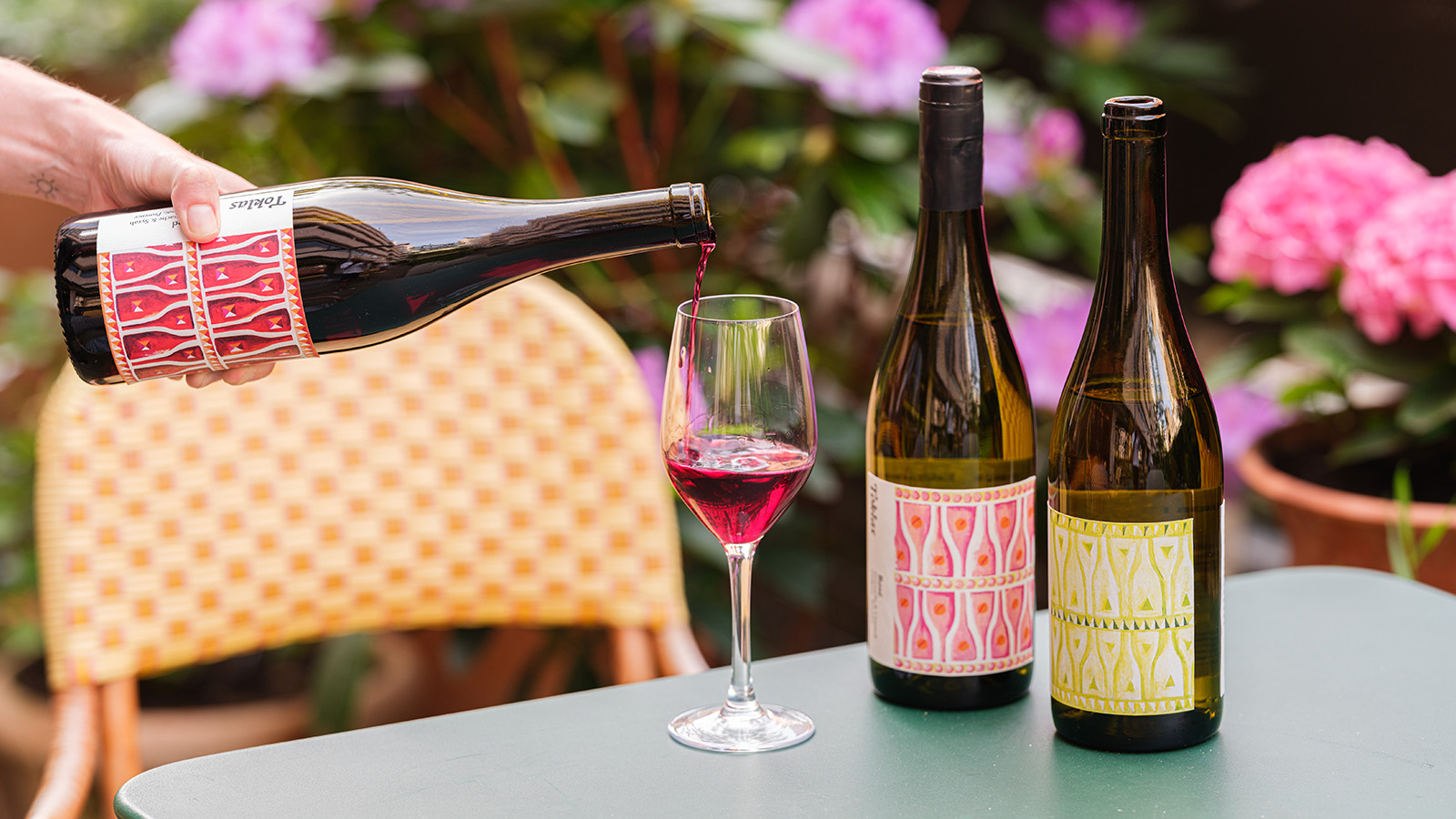 Toklas’ own-label wine is a synergy of art, taste and ‘elevated simplicity’
Toklas’ own-label wine is a synergy of art, taste and ‘elevated simplicity’Toklas, a London restaurant and bakery, have added another string to its bow ( and menu) with a trio of cuvées with limited-edition designs
-
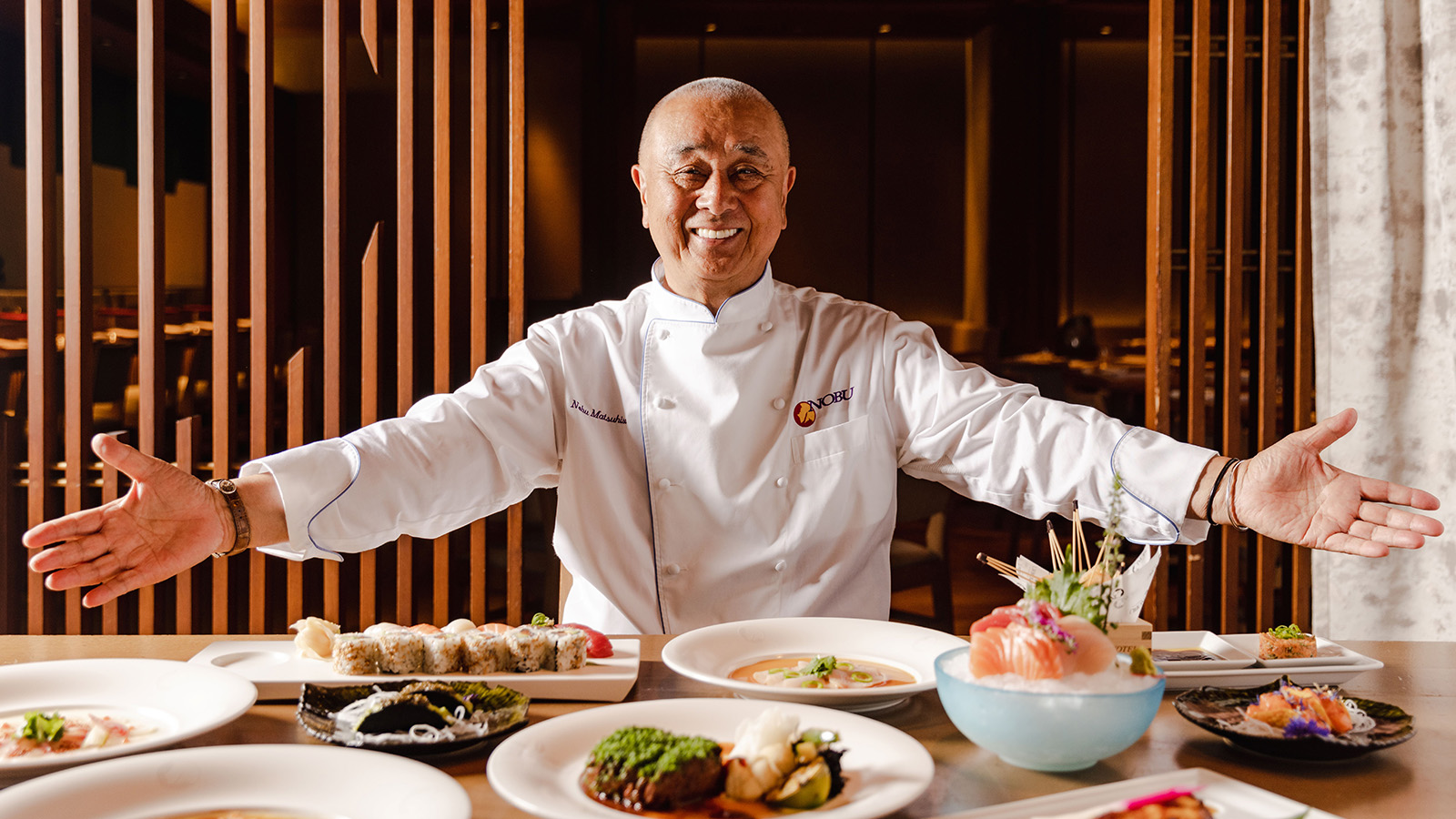 30 years of Nobu: chef Nobu Matsuhisa on the trials and tribulations of a culinary empire
30 years of Nobu: chef Nobu Matsuhisa on the trials and tribulations of a culinary empireNobu celebrates 30 years of its revolutionary Japanese and Peruvian cuisine. We speak with co-founder and chef Nobuyuki ‘Nobu’ Matsuhisa on setbacks, special guests and his love for painting
-
 Kioku is a spectacular new Japanese restaurant at The OWO, London
Kioku is a spectacular new Japanese restaurant at The OWO, LondonAt The OWO’s Kioku by Endo, James Bond vibes meet Japanese dining and spectacular London views
-
 Spectacular spirits for the season of entertaining
Spectacular spirits for the season of entertainingOur spirits writer Neil Ridley looks back at some of the year’s most spectacular spirits releases – spanning whisky, cognac, rum and tequila – as thoughts turn to gifting and celebrating